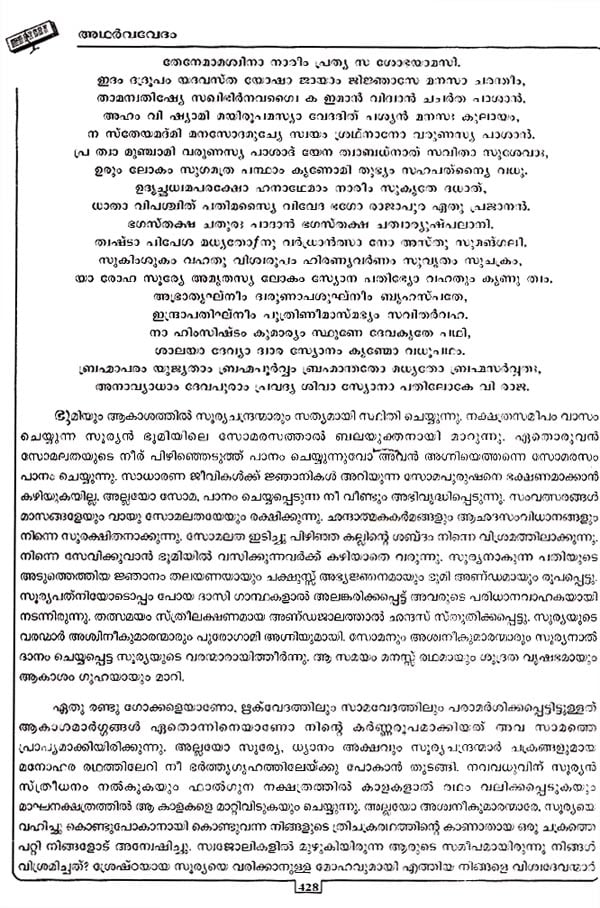
The early Buddhist Nikaya texts, for example, do not recognize Atharvaveda as the fourth Veda, and make references to only three Vedas. The Bhakti movementand Gaudiya Vaishnavism in particular extended the term veda to include the Sanskrit Epics and Vaishnavite devotional texts such as the Pancaratra. While production of Brahmanas and Aranyakas ceased with the end of the Vedic period, additional Upanishads were composed after the end of the Vedic period. The tawny colored, and the pale, the variegated and the red, the dusky tinted, and the black - all Plants we summon hitherward.

The Prashna Upanishad is notable for its structure and sociological insights into the education process in ancient India. The Charanavyuha mentions four Upavedas: Roughly, the first seven books focus primarily on magical poems for all sorts of healing and sorcery, and Michael Witzel states these are reminiscent of Germanic and Hittite sorcery stanzas, and may likely be the oldest section. May we agree in mind, agree in purpose let us not fight against the heavenly spirit Around us rise no din of frequent slaughter, nor Indra’s arrow fly, for day is present! Part of a series on. Retrieved from ” https: Views Read View source View history. Combined with an epic story, tending to virtue, wealth, joy and spiritual freedom, it must contain the significance of every scripture, and forward every art. In contrast to the ‘hieratic religion’ of the other three Vedas, the Atharvaveda is said to represent a ‘popular religion’, incorporating not only formulas for magic, but also the daily rituals for initiation into learning upanayanamarriage and funerals. I am deeply indebted to Pandit Sitaraman, the famous Vedic scholar who.

We are pleased to present you the rare Atharva Veda recital by South Indian pundits. The Atharvaveda is composed in Vedic Sanskrit, and it is a collection of hymns with about 6, mantras. The text is the fourth Veda, but has been a late addition to the Vedic scriptures of Hinduism. The Atharva Veda is the “knowledge storehouse of atharvāṇas, the procedures for everyday life”. Atharvaveda Samhita is a collection of mantras, which is as sacred as the three frequently in Sanskrit works occurs in Atharva Veda ().


 0 kommentar(er)
0 kommentar(er)
